5 Home Improvements for Aging in Place
The elderly population is one of the fastest-growing segments of the U.S. population. According to U.S. Census Data, the number of people 65 and older will reach 20% of the total population by 2050. When we reach this golden age of life, we’re all going to need somewhere to live. While downsizing for retirement or moving to a retirement community are popular options, many homeowners want the option to age in place. After all, at this point, you may have even paid off your mortgage and will be looking forward to a life without rent payments.
The following projects can help make even a multi-story house manageable for senior homeowners. Here are some home improvements for aging in place — think about tackling them now before years pass you by.
1. Renovate Your Bathrooms
The bathroom is likely one of the most dangerous rooms in your house. In 2008, there were an estimated 234,094 nonfatal bathroom injuries treated in the U.S., and the risks only increase as you age. Therefore, the number one priority for aging in place is remodeling your bathrooms to reduce the risk of slips and falls. This is especially important around bathtubs and toilets, as many injuries occur around these fixtures.
Ready to remodel for your senior household members? Here are some projects to prioritize in the bathroom:
- Install grab bars for the shower or bathtub
- Add a shower seat
- Add a step into the bathtub
- Look for a raised toilet
You should focus on these improvements in the ground floor bathroom. If stairs become less accessible, this will be the best place to start.
2. Optimize Natural Light
Vision impairment is an unfortunate reality for many senior citizens. About one-third of elderly patients is predicted to have a vision-impairing eye disease by the time they turn 65. Therefore, you need to make sure your home has enough light to help you navigate your space and enjoy your daily routine.
The most impactful home projects include adding windows, skylights or glass blocks. While this is a more complicated renovation, these steps can increase the amount of natural light that reaches your interior. It’s a long-term solution to help with visibility over time.
However, other home improvements for aging in place can be more design-focused. Light paint, uncovered windows and reflective mirrors can help brighten a space with less time and expense. Whatever you choose, you’ll be helping with visibility down the line.
3. Reduce the Need for Stairs
Multistory houses can often be more challenging for elderly homeowners. Those over the age of 85 are at the highest risk for stair-related injury. However, that doesn’t necessarily mean you need to sell off the family home. Consider ways you can increase mobility and reduce your reliance on stairs if you’re planning on aging in place.
First, stairs can be made more manageable with adequate handrails on both sides and visible color markings to help distinguish each step. More involved home projects can help homeowners find long-term solutions.
Stairlifts, for example, allow elderly residents to forego the risk of daily stair climbing altogether. Home elevators take accessibility a step further, making it possible to move laundry baskets, furniture and other objects between floors when your mobility is challenged.
4. Remodel Your Kitchen
Kitchens are another essential space that can be modified for convenience and safety. For one, you can renovate your kitchen to reduce your need to stretch, bend and carry heavy objects while you do your daily cooking.
Try lowering your cabinetry by three inches and installing open shelving for better access to your most frequently used items. Your microwave oven can be kept at counter height rather than installed above your oven. Plus, lazy susans and roll-out trays can make lower cabinets more accessible.
For a more involved project, consider renovating the kitchen layout for aging in place. Does your floor plan accommodate potential wheelchair turns? Is counter space available next to or across from your kitchen appliances, so you can set down dishes and cookware in a snap? Careful planning and budgeting can help you set your future self up for success.
5. Rethink Your Bedroom
First, you may want to move your bedroom to the main floor. This can greatly reduce your need to navigate up stairs several times a day, making your home’s floor plan work better for you as you age.
Then, consider a few home projects that help seniors sleep safely. Bed safety rails can ensure getting in and out of bed isn’t a risky proposition. Should a health or safety concern arise, a landline or mobile phone kept at the bedside can ensure loved ones or emergency services can be contacted.
Finally, maintain accessibility over time by organizing bedroom space effectively. Closets with little space to navigate and cluttered, high shelving will be challenging to use as a senior citizen. Increasing closet space or at least reorganizing the contents can prevent future problems.
Home Improvements for Aging in Place
There are many benefits to staying in our homes as we grow older. We have a connection to our family residence, the financial freedom of a paid-off mortgage and the community we’ve built over years of ownership.
If we want to age in place, however, we have to adapt our living spaces to accommodate our changing needs. Now is the perfect time to prioritize home improvements that increase accessibility and reduce the risk of common safety concerns.
Source: https://renovated.com/home-improvements-for-aging-in-place/
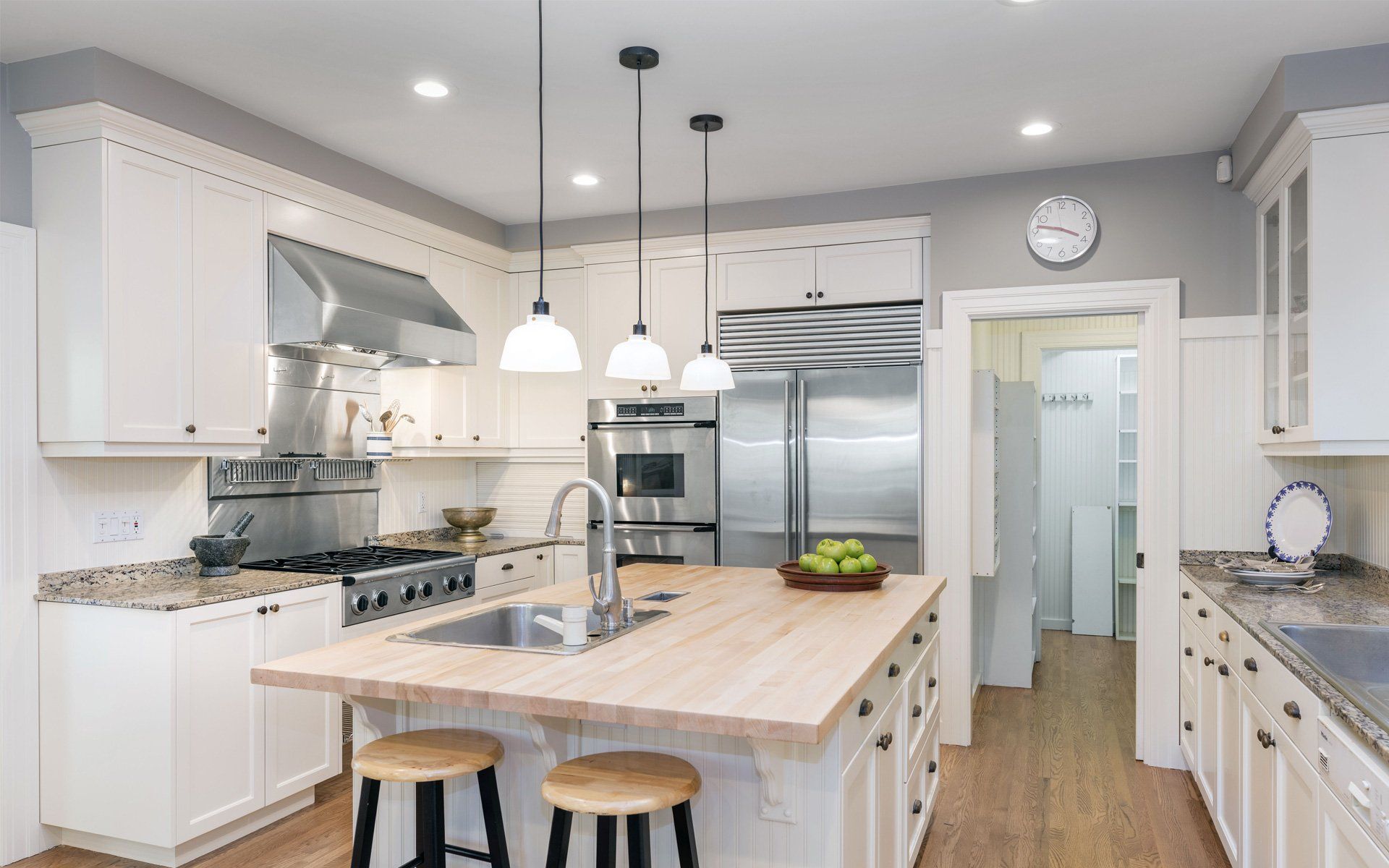
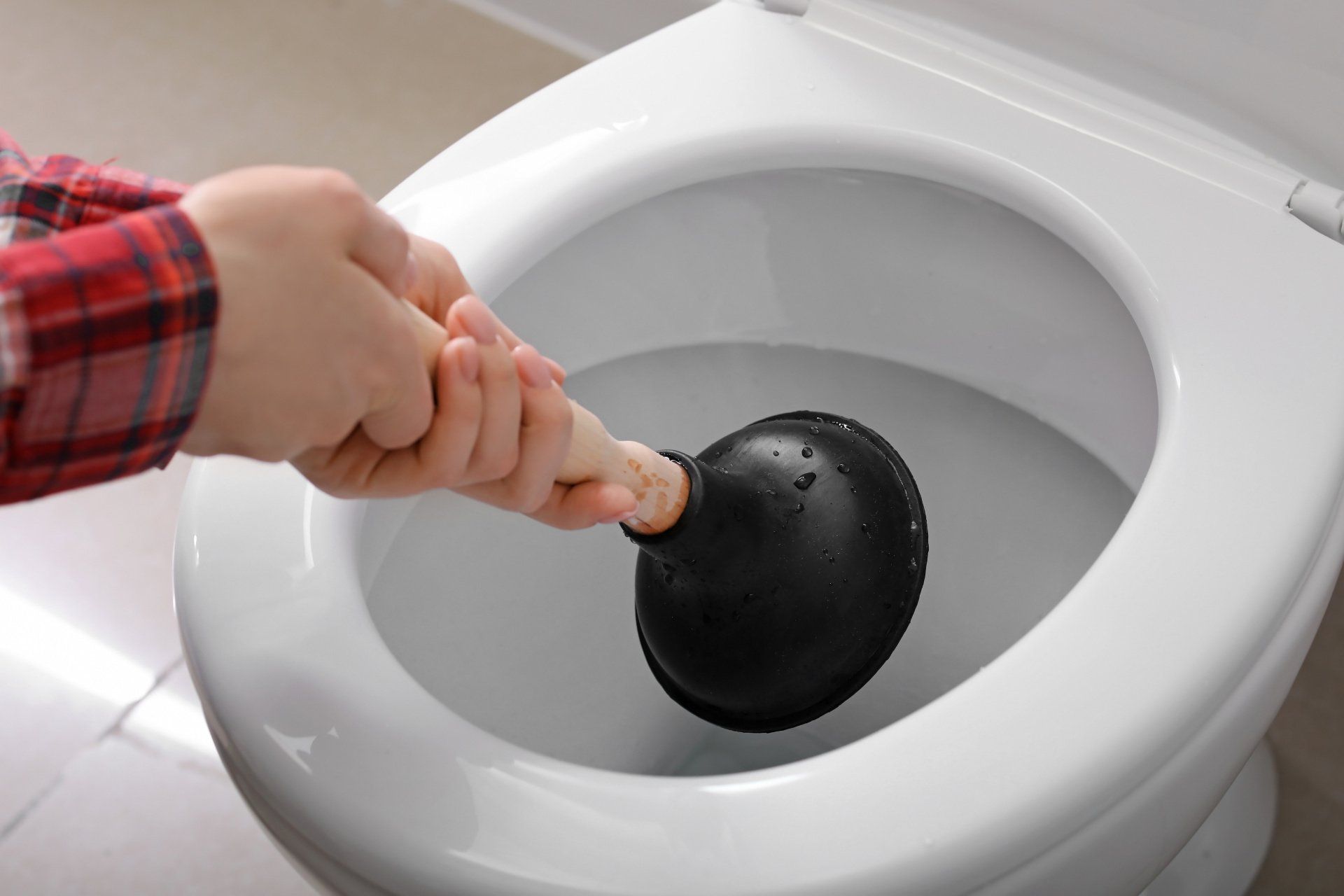


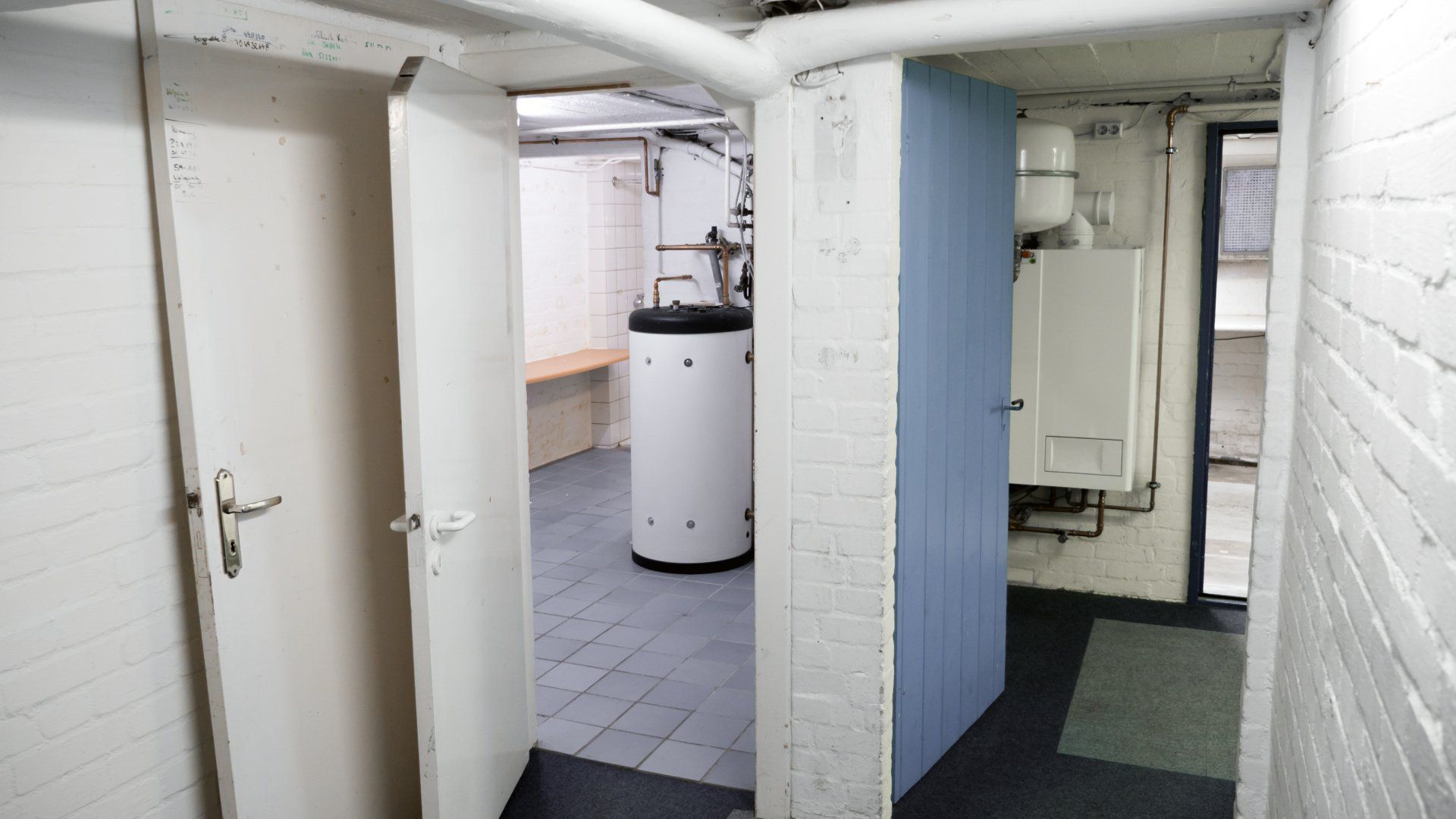
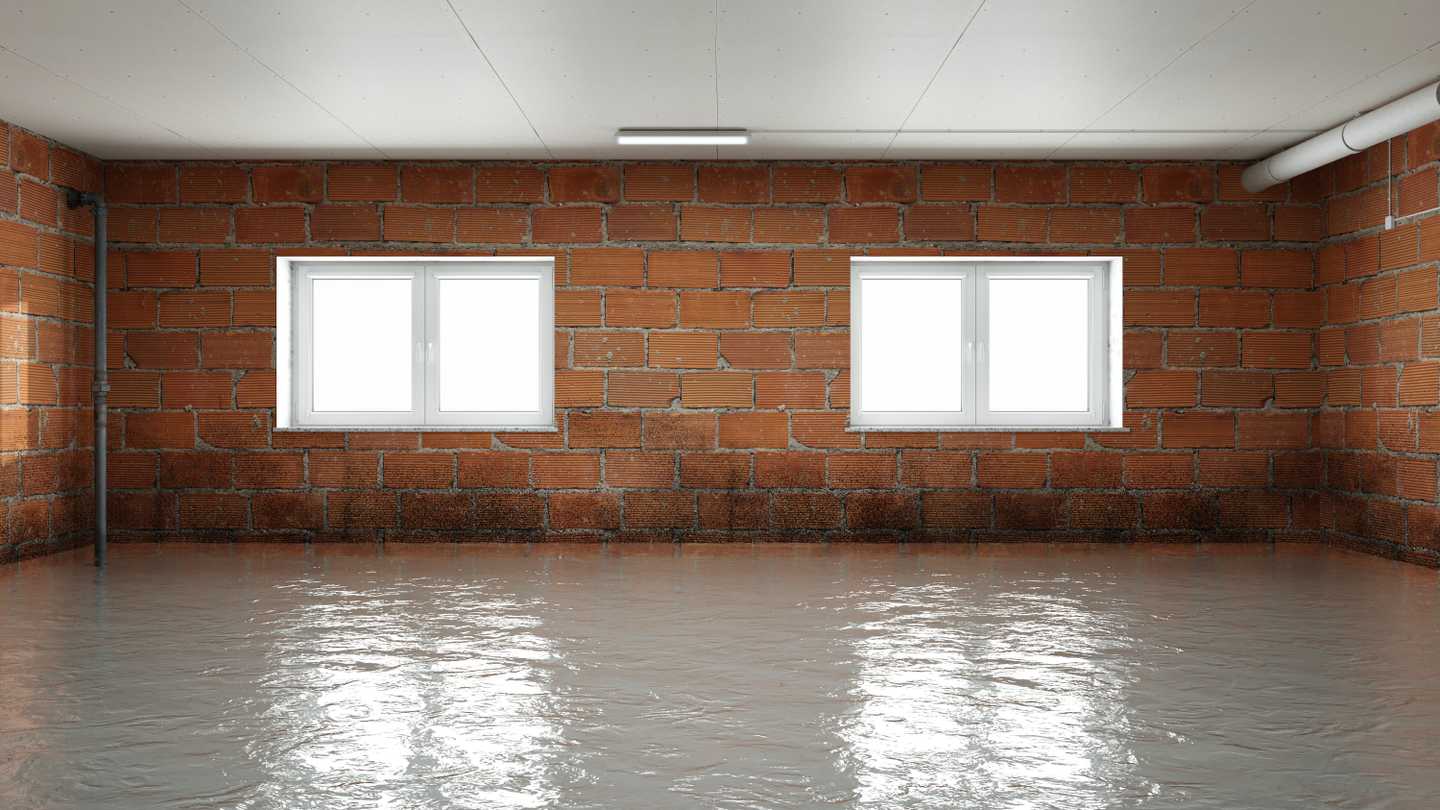



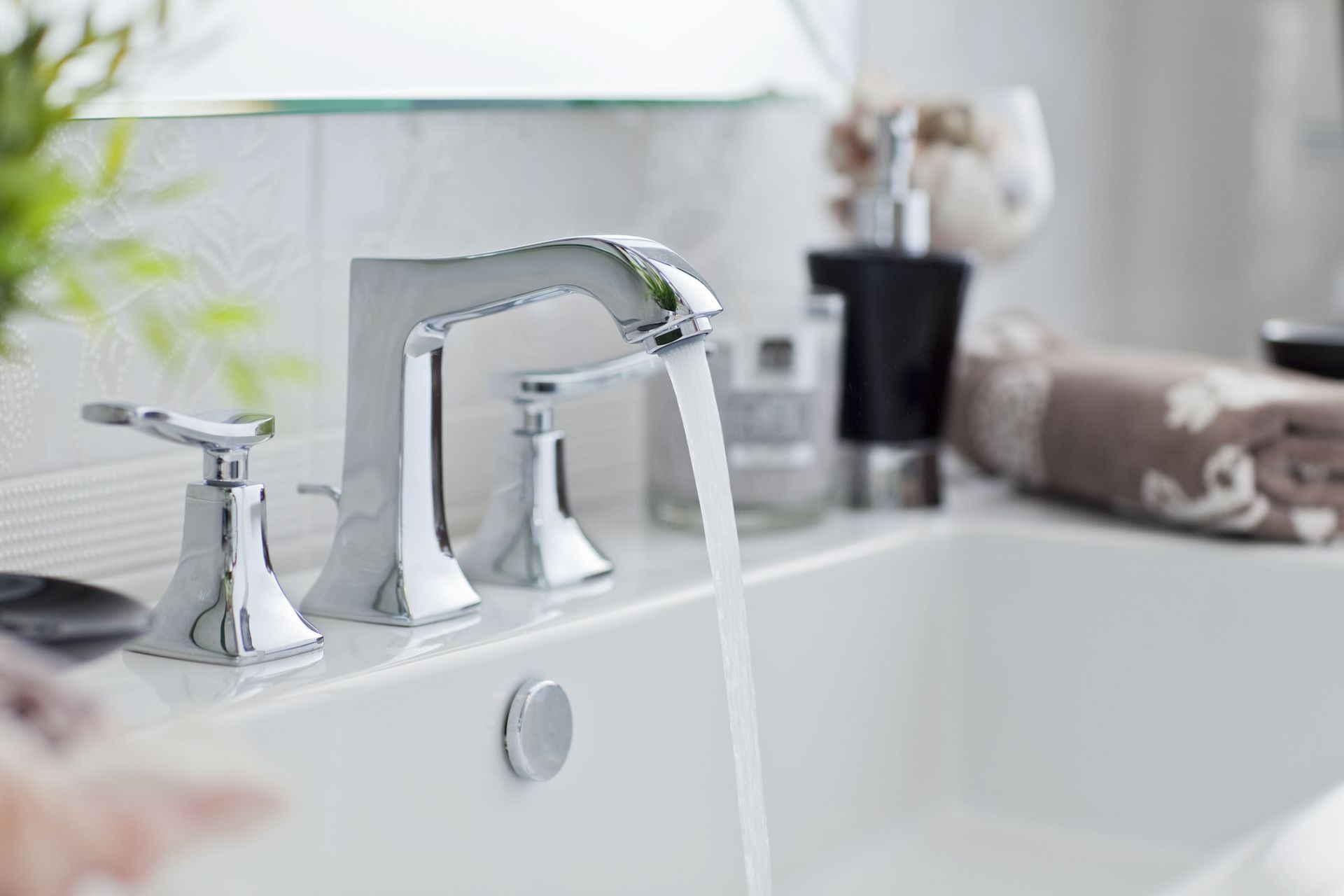
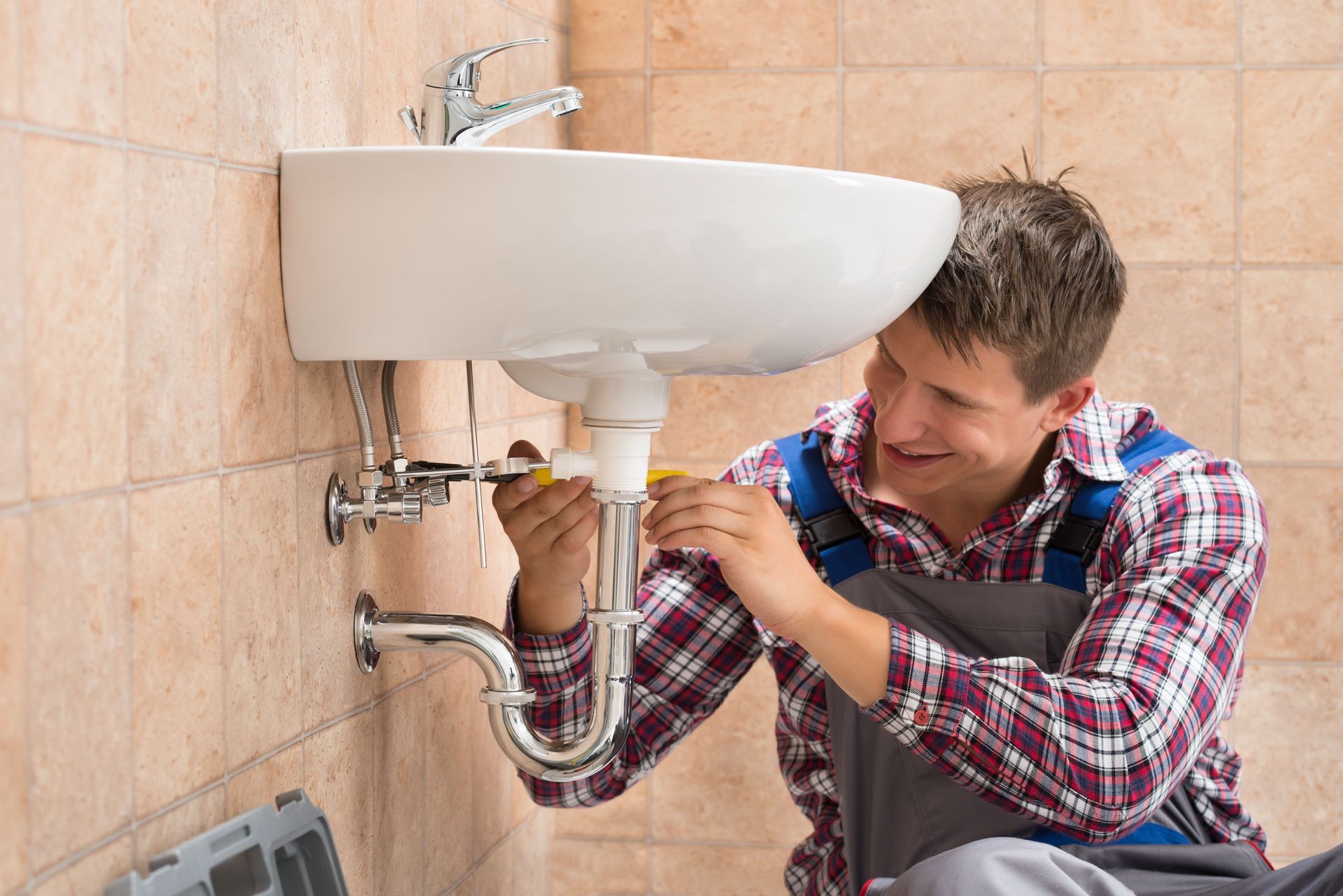
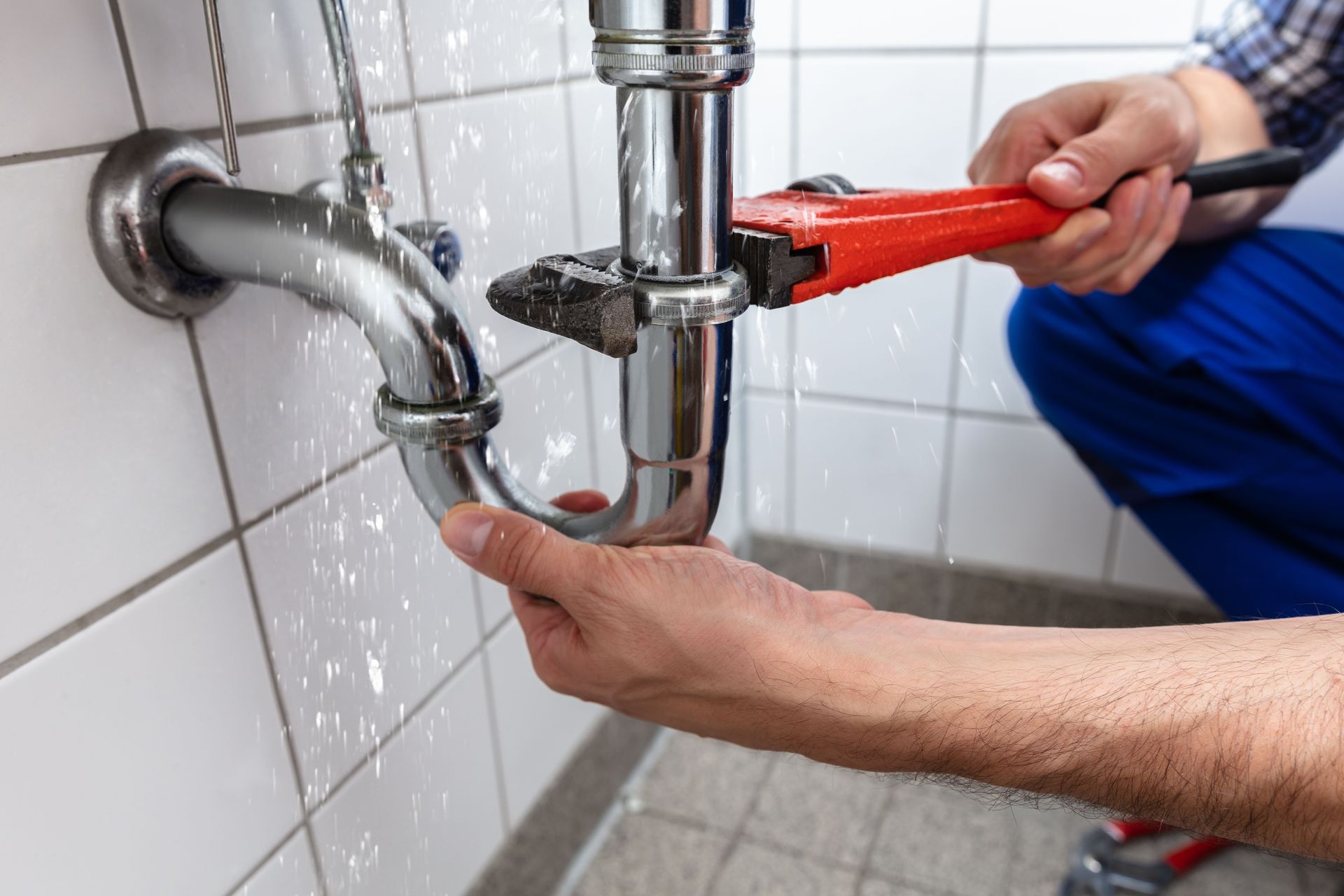
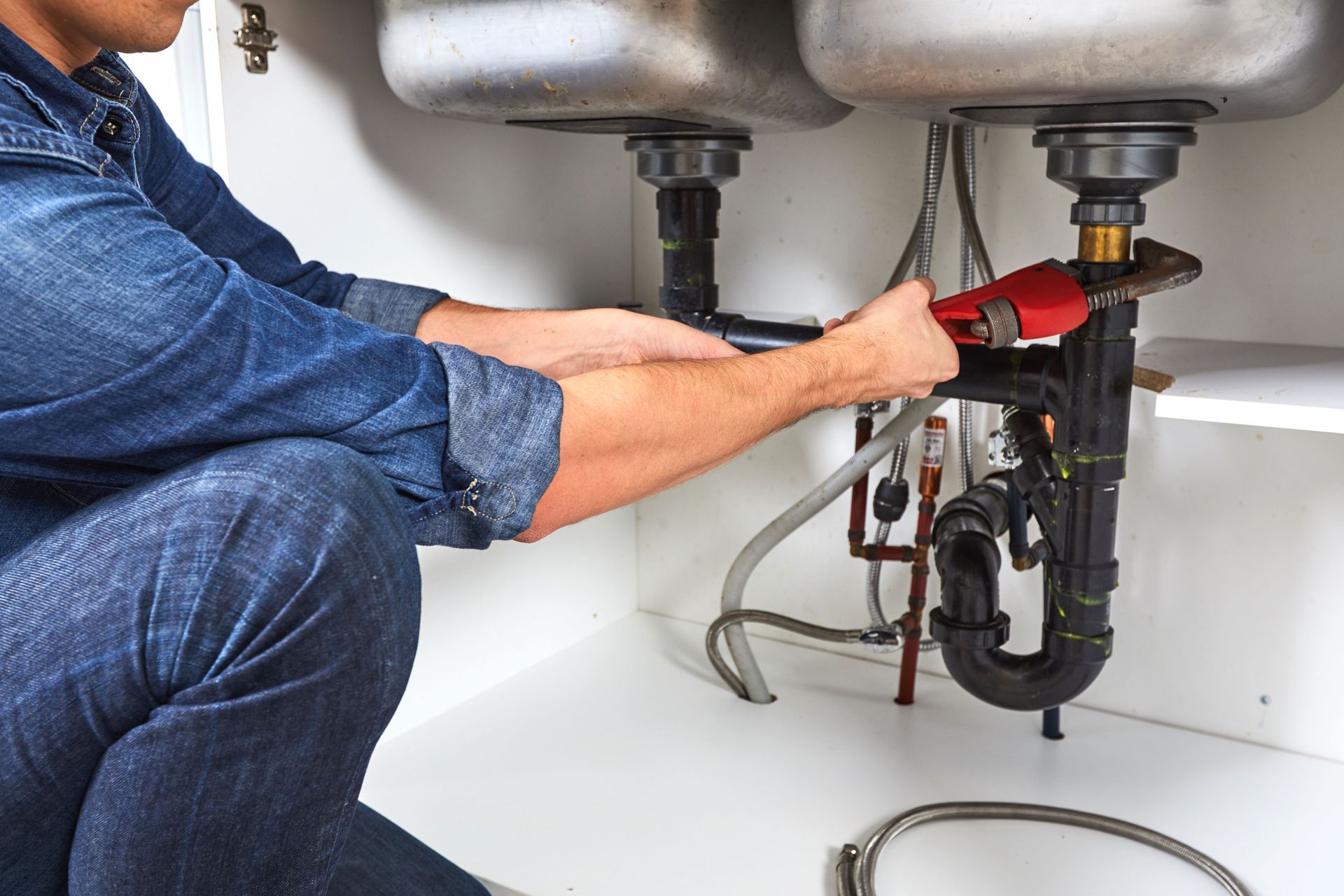
Share On: